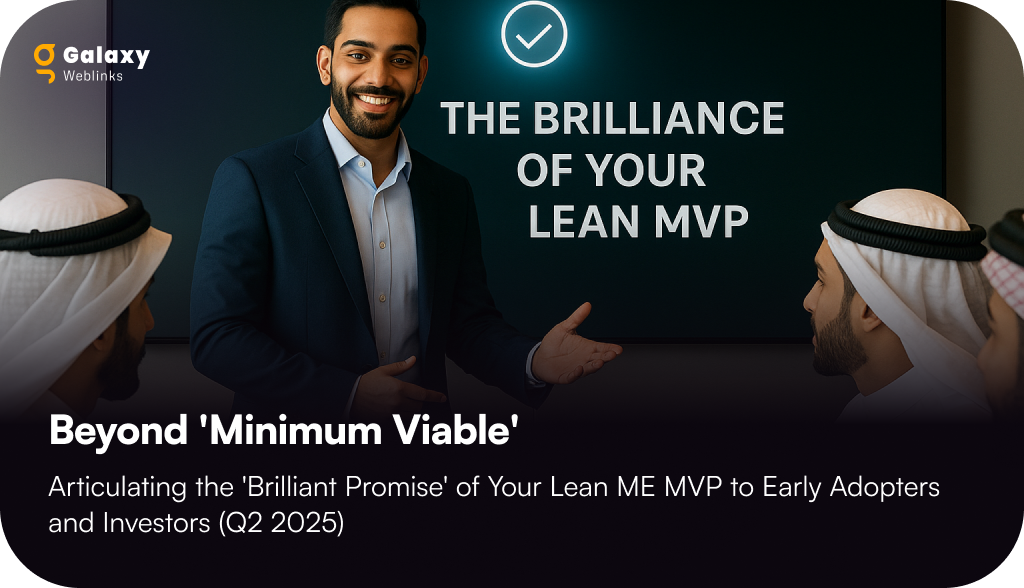Share:
- Is your idea marketable?
- Will the users pay for your idea in the future?
- Does your MVP solve the problem as you anticipated it?
- What additional features users expect in your product?
Why is MVP necessary?
To further elaborate on the importance of MVP and to convince anyone who says otherwise, reason with them with the points below:- An MVP lets you test a basic product before it goes for design and development stages, thereby saving you time and effort.
- Helps you in identifying a group of early adopters for future testing.
- Is cost-effective viability and feasibility check.
- Gives you insight into user expectations concerning your product.
When does MVP come into play?
The obvious answer here is right after the ideation of your product. However, there are times when you take the MVP route apart from this. If you wish to venture into a new category in your existing product. For example, you are an online bakery shop with great reach and wish to leverage your brand to diversify offerings. You are thinking of including frozen food in your product offerings. You need to see if there is a separate website to be developed or you can integrate the new products into the existing one. If you wish to revamp your older website with a new design and improved UI. There will be a new color scheme, different navigation, basically a complete makeover. You can create an MVP for both scenarios to see your response. Your existing customer base can be reached out for their inputs on the new MVPs and give their feedback on whether your vision is being reflected in the new design. So the scope of MVP is not restricted to just a new product, it can be for:- New features
- Different design
- Introducing your product to newer demographics
Which MVP model to go for?
The decision to build an MVP of your product is not complete yet. You need to select which MVP model is feasible for you to build with the available resources and timeline. Here are the most popular ones.Landing page MVP
You create a landing page with the basics:- A description of your product
- How is it different from your competitors, i.e. your USP
- A CTA button can be added for signing up for newsletters, more content about your product, contact information, etc.

